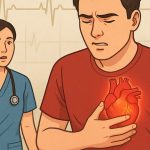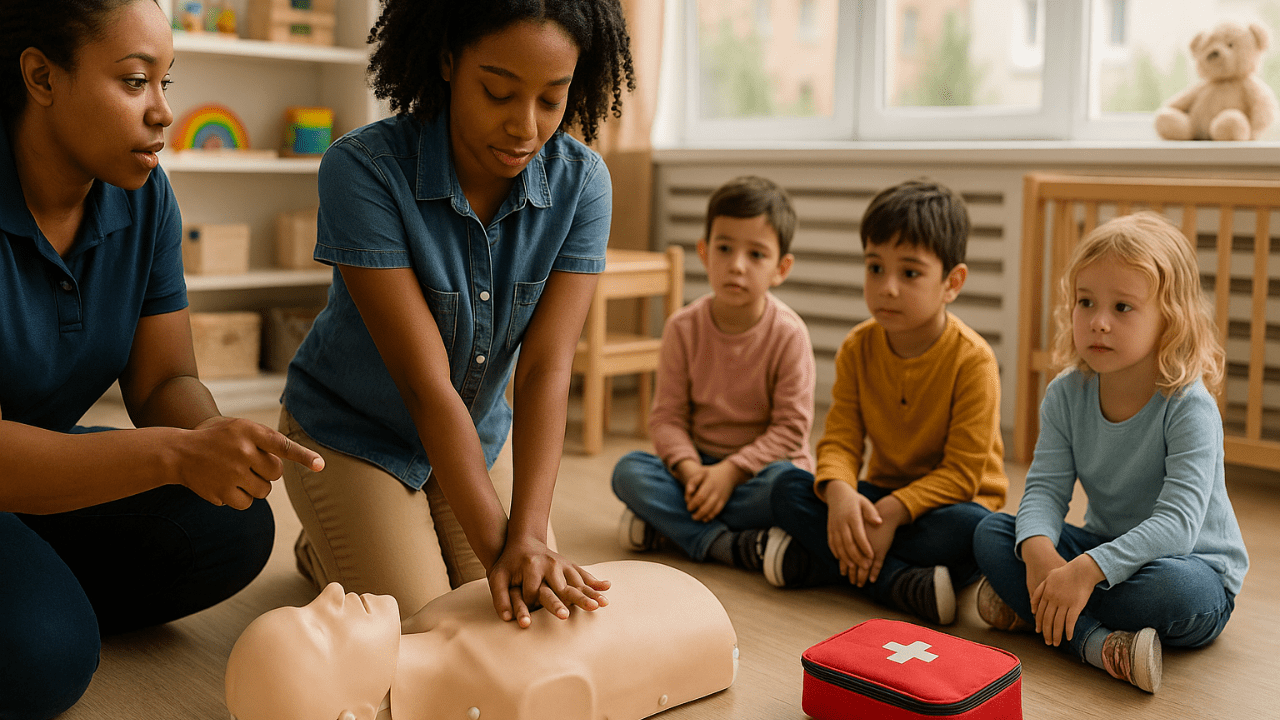CPR (Cardiopulmonary Resuscitation) is one of the most important life-saving techniques you can learn. It can mean the difference between life and death in many emergencies, from cardiac arrest to drowning. However, CPR is not always appropriate in every situation. Understanding when not to perform CPR is just as crucial as knowing when to start it.
At One Love CPR, we believe in providing thorough, expert-led training so that every participant leaves feeling confident and prepared. In this guide, we’ll explore when CPR may not be the right action and how to handle situations that require different responses.
When NOT to Perform CPR
1. The Person Is Breathing Normally and Has a Pulse
CPR should only be performed when a person is unresponsive, not breathing, or not breathing normally (gasping) and has no pulse. If a person is unconscious but still breathing, avoid chest compressions. Instead, monitor their breathing and place them in the recovery position until emergency responders arrive.
2. The Situation Is Unsafe
Your safety always comes first. If the scene presents a danger—such as a fire, toxic fumes, or an unstable environment—do not put yourself at risk to perform CPR. Instead, call 911 and wait for professional rescuers to handle the situation.
3. The Person Has a Do Not Resuscitate (DNR) Order
Some individuals, particularly those in hospice or with terminal illnesses, may have a legally binding Do Not Resuscitate (DNR) order. In these cases, CPR is not recommended. If you are unsure whether a patient has a DNR, check for medical ID bracelets or legal documentation before proceeding.
4. The Person Has Signs of Irreversible Death
If there are clear signs of death, CPR should not be performed. These signs include:
- Rigor mortis (stiffening of the body)
- Livor mortis (blood pooling in the lower parts of the body, causing discoloration)
- Decomposition
- Severe injuries incompatible with life (such as decapitation)
If you encounter someone who exhibits these signs, calling 911 is still necessary, but attempting CPR would not be appropriate.
5. The Person Is a Terminally Ill Patient
For individuals in the final stages of a terminal illness, CPR is often ineffective and may cause unnecessary suffering. If a loved one or a patient has expressed their wishes to not receive resuscitation, it is important to respect those choices.
Why Proper CPR Training Matters
CPR is a powerful skill, but it must be used in the right circumstances and with the correct technique. At One Love CPR, we provide expert training to help you understand when and how to perform CPR safely and effectively.
Our CPR Classes Cover:
- CPR for adults, children, and infants
- How to recognize medical emergencies
- When NOT to perform CPR and what to do instead
- Hands-on practice with certified instructors
- American Heart Association (AHA)-certified training
Whether you’re a healthcare professional, teacher, parent, or business owner, being properly trained in CPR can empower you to make life-saving decisions.
Take the Next Step: Get CPR Certified Today!
Being prepared for an emergency means knowing when to act and when not to. With professional training from One Love CPR, you’ll gain the confidence to handle critical situations appropriately.
Don’t wait until it’s too late—be prepared! Learn when CPR is essential and when other medical interventions are needed. Sign up today and gain the skills to make the right decision in an emergency!
📅 Flexible scheduling to fit your busy lifestyle
📞 Have questions? Call us —we’re here to help!
🌐 Register online: www.onelovecpr.com



















